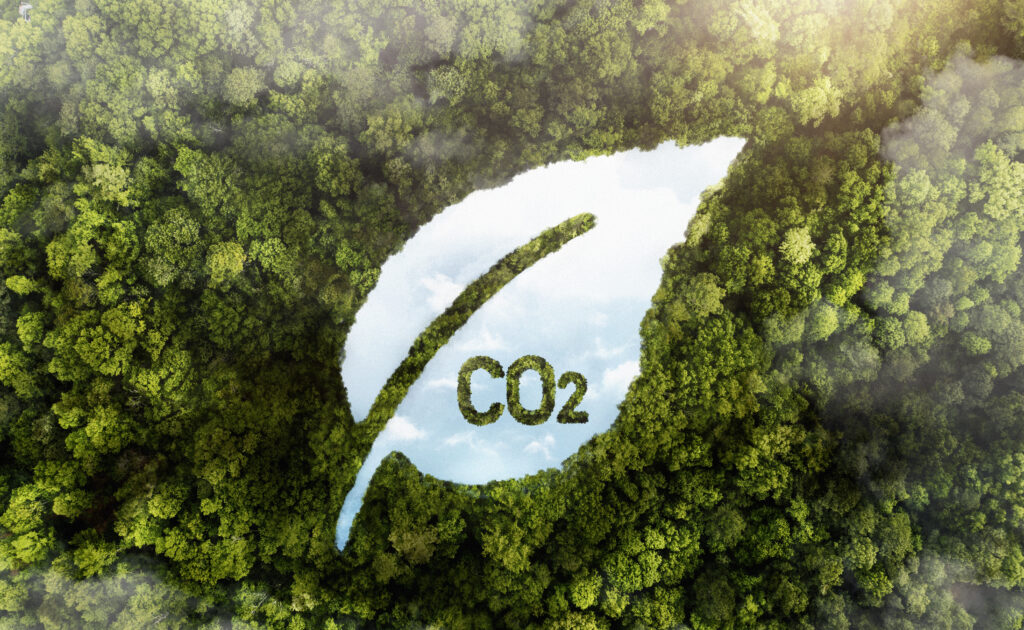Time for bold action
COP 29: If climate action goals are met, COP 29 could represent a turning point in global climate action. If not, it will be yet another missed opportunity in the fight against climate change.

Namibia plans to cull hundreds of its most majestic wildlife, including dozens of elephants and hippopotamuses, to provide meat for its 1.4 million citizens—almost half of the country’s population—who are grappling with the worst drought in a century. The cull includes a total of 723 animals: 30 hippopotamuses, 60 buffaloes, 50 impalas, 100 blue wildebeest, 300 zebras, 83 elephants, and 100 elands, a type of antelope. Over 150 animals have already been killed, resulting in approximately 63 tonnes of meat. The shocking update has already sent shivers through the world.
The impact of climate change has never been so overt and blatant with more severe droughts, more intense heatwaves, more vigorous forest fires, and more ferocious storms and cyclones globally, affecting the most who have contributed the least to the problem. And yet, the world is hesitant in taking climate action, and one of the biggest hurdles that is posed here is the lack of adequate finance for the required transition to a low or zero emission economy. While walking the talk on climate action among the developed countries is feasible and indispensable, for the global south, low-emission transition is a luxury.
There are countries in Africa that are struggling to give basic electricity connections to their population, create jobs, or even feed them and arrange for clean drinking water. Would it be fair to ask Namibia at this moment to focus on using green energy technology or switch to EV for the climate without any financial support when it needs to feed its populace on an immediate basis? Especially when historically, countries like Namibia had next to nothing to do with carbon emissions?
This is the reason that as we close in on COP29 in Baku, the stakes surrounding climate finance have never been higher. This summit is expected to be a pivotal moment for securing the long-standing promise of $100 billion in climate finance from developed countries to developing nations, a commitment first made over a decade ago. With the persistent gap between ambitious climate goals and insufficient funding, expectations for real progress in climate finance discussions are mounting.
Delivering the $100 billion pledge: A long-overdue promise
Since the Copenhagen Accord in 2009, developed nations have pledged to provide $100 billion annually to support developing countries in their efforts to combat climate change. However, as of COP29, this promise remains unmet. This finance was supposed to help developing countries implement both mitigation and adaptation measures, but the lack of full delivery has led to significant frustration among vulnerable nations.
Developing nations such as Ethiopia, Maldives, and other small island states, which are disproportionately affected by climate change, have repeatedly called for increased financial support. At COP29, the focus will be on ensuring that developed countries fulfill their long-overdue promise. For many vulnerable countries, this finance is critical for flood prevention, agricultural resilience, and infrastructure development to withstand climate impacts.
Negotiations will centre around ensuring transparency in fund distribution, determining the best allocation mechanisms, and ensuring that the $100 billion is delivered not just as a one-off amount but as a stable, recurring financial flow. An updated climate finance roadmap is expected to be released, which will outline how these funds will be allocated and tracked, ensuring that funds are equitably distributed and transparently monitored.
Post-2025 climate finance goals: Setting the stage for the future
While the $100 billion pledge remains an unresolved issue, attention is also turning toward the post-2025 climate finance goals. The current pledge was never meant to be the end game; the reality is that climate adaptation and mitigation efforts require far greater financial support. Estimates suggest that developing countries alone will need upwards of $584 billion annually to meet current climate commitments, a figure that far surpasses the $100 billion target.
India has called for a more ambitious $1 trillion commitment from the developed countries who have historically contributed more to carbon emissions over the past century starting with industrial revolutions.
The New Collective and Quantified Goal (NCQG) is expected to be one of the most important deliverables of COP29. The NCQG is intended to replace the existing $100 billion target with a much more ambitious figure that better reflects the financial needs of developing nations. As developing countries, small island states, and the least developed nations push for a target in the trillions, the major question is whether developed nations will meet these expectations.
Developed nations, however, are reportedly discussing “hundreds of billions” rather than trillions, which is causing tension. The disparity between the financial needs of vulnerable nations and the willingness of wealthier countries to commit substantial sums is likely to be a contentious point during COP29. The success of the conference will largely depend on whether the NCQG sets a target that is ambitious enough to address the climate crisis at its current scale.
Climate finance for adaptation: Bridging the gap
Another critical issue at COP29 will be the disproportionate allocation of climate finance toward mitigation efforts at the expense of adaptation. While efforts to reduce emissions and transition to renewable energy are essential, adaptation measures are crucial for developing nations that are already facing severe climate impacts.
Countries like Bangladesh and Mozambique, which are highly vulnerable to extreme weather events, have repeatedly called for a more significant share of climate finance to be allocated toward adaptation. In many developing countries, climate adaptation means building infrastructure to prevent flooding, improving agricultural resilience, and protecting ecosystems from rising temperatures and sea levels.
At COP29, there will be a concerted push to secure new financial pledges specifically earmarked for adaptation. This is especially important for least-developed countries (LDCs) and small island developing states (SIDS), which often bear the brunt of climate impacts despite contributing little to the problem. The European Union, among other developed nations, is expected to announce new climate finance pledges to assist these vulnerable nations in adapting to climate change.
Geopolitical tensions and climate finance negotiations
While the technical aspects of climate finance will dominate the discussions at COP29, geopolitical tensions are expected to play a significant role in shaping the outcomes. President Ilham Aliyev of Azerbaijan has called for countries to move beyond the blame game and work together to address the climate crisis, but this rhetoric may not be enough to overcome deep-seated tensions between developed and developing nations.
Developing nations are increasingly frustrated by the failure of wealthier countries to meet their financial commitments. Meanwhile, some developed nations argue that developing countries need to do more to contribute to global climate efforts. This tension is likely to be on full display during the climate finance negotiations at COP29.
The absence of top executives from major financial institutions like Bank of America and BlackRock raises questions about the private sector’s commitment to supporting climate finance efforts. Their reluctance to attend COP29 suggests that many private sector players remain skeptical about the potential for lucrative opportunities in climate finance, further complicating the negotiations.
The role of private sector financing
Despite these challenges, the private sector has vast financial resources that, if properly mobilised, could bridge the gap between the current levels of climate finance and the trillions needed to address the climate crisis.
However, for this to happen, governments need to create clear and predictable regulatory frameworks that incentivise private investment in climate adaptation and mitigation. At COP29, discussions are expected to focus on how private sector financing can be leveraged to complement public sector efforts.
Will COP29 deliver?
As COP29 approaches, the expectations surrounding climate finance are high. The delivery of the $100 billion pledge, the establishment of a new climate finance roadmap, and the setting of ambitious post-2025 climate finance goals are all critical outcomes that will shape the future of global climate action.
The success of COP29 will depend on whether developed countries are willing to meet the financial needs of developing nations.
Ultimately, COP29 will be judged on whether it can deliver real action on climate finance. The world is watching, and the stakes have never been higher. With climate impacts becoming more severe each year, there is no time to waste.
Time for bold action
The world cannot afford another round of grand promises without follow-through. COP29 in Baku represents a critical opportunity for the global community to address the gap between climate finance commitments and the actual needs of vulnerable nations. The $100 billion pledge must be delivered, the NCQG must reflect the true scale of the crisis, blame game needs to mature, and adaptation finance must be prioritized.
If these goals are met, COP29 could represent a turning point in global climate action. If not, it will be yet another missed opportunity in the fight against climate change. With the world watching, COP29 must deliver real, tangible progress on climate finance—and the time for bold action is now.

